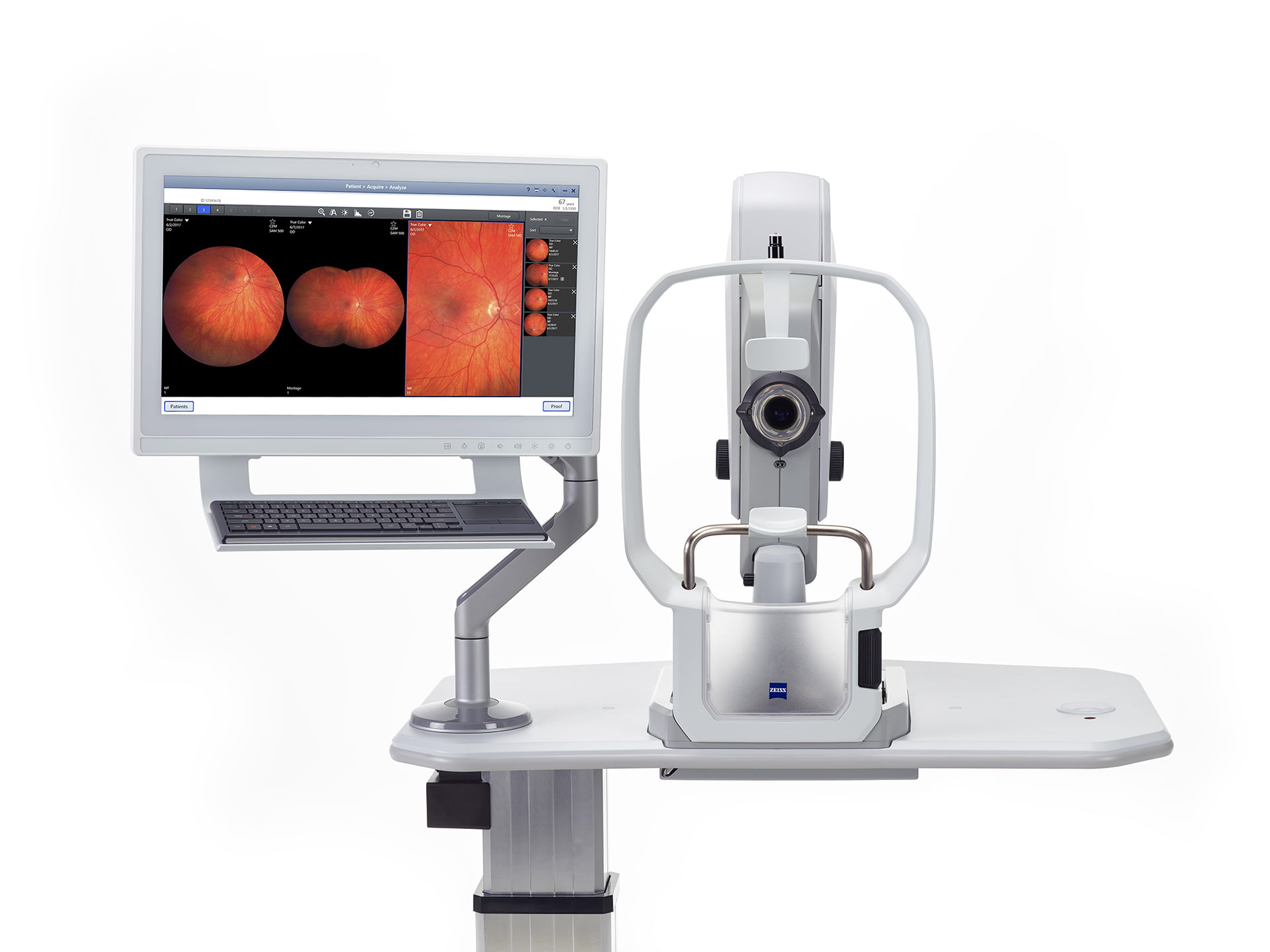People with diabetes can have an eye disease called diabetic retinopathy. This is when high blood sugar levels cause damage to blood vessels in the retina. These blood vessels can swell and leak. Or they can close, stopping blood from passing through. Sometimes abnormal new blood vessels grow on the retina. All of these changes can steal your vision.
Can vision loss from diabetic retinopathy be prevented?
- If you have diabetes, talk with your primary care doctor about controlling your blood sugar. High blood sugar damages retinal blood vessels. That causes vision loss.
- See your ophthalmologist regularly for dilated eye exams. Diabetic retinopathy may be found before you even notice any vision problems.
- If you notice vision changes in one or both eyes, call your ophthalmologist right away.
- Get treatment for diabetic retinopathy as soon as possible. This is the best way to prevent vision loss.
Do you have diabetes and need an exam for eyeglasses?
Changes in blood sugar levels can affect your vision. Make sure your blood sugar is under control for at least a week before an eye exam. Eyeglasses prescribed when your blood sugar levels are stable work best!
What Are The Symptoms of Diabetic Retinopathy?
You can have diabetic retinopathy and not know it. This is because it often has no symptoms in its early stages. As diabetic retinopathy gets worse, you will notice symptoms such as:
- seeing an increasing number of floaters,
- having blurry vision,
- having vision that changes sometimes from blurry to clear,
- seeing blank or dark areas in your field of vision,
- having poor night vision, and
- noticing colours appear faded or washed out
- losing vision.
Diabetic retinopathy symptoms usually affect both eyes.
How is Diabetic Retinopathy Diagnosed?
Drops will be put in your eye to dilate (widen) your pupil. This allows your ophthalmologist to look through a special lens to see the inside of your eye. A special lens will be used to magnify the image of the back of your eye to make a diagnosis.
Optical coherence tomography (OCT) is another way to look closely at the retina. A machine scans the retina and provides detailed images of its thickness. This helps your doctor find and measure swelling of your macula.
Diabetic Retinopathy Treatment
Your treatment is based on what your ophthalmologist sees in your eyes. Treatment options may include:
Medical control
Controlling your blood sugar and blood pressure can stop vision loss. Carefully follow the diet your nutritionist has recommended. Take the medicine your diabetes doctor prescribed for you. Sometimes, good sugar control can even bring some of your vision back. Controlling your blood pressure keeps your eye’s blood vessels healthy.
Medicine
One type of medication is called anti-VEGF medication. These include Avastin, Eylea, and Lucentis. Anti-VEGF medication helps to reduce swelling of the macula, slowing vision loss and perhaps improving vision. This drug is given by injections (shots) in the eye. Steroid medicine is another option to reduce macular swelling. This is also given as injections in the eye. Your doctor will recommend how many medication injections you will need over time.
Laser surgery
Laser surgery might be used to help seal off leaking blood vessels. This can reduce swelling of the retina. Laser surgery can also help shrink blood vessels and prevent them from growing again. Sometimes more than one treatment is needed.
Vitrectomy
If you have advanced PDR, your ophthalmologist may recommend surgery called vitrectomy. Your ophthalmologist removes vitreous gel and blood from leaking vessels in the back of your eye. This allows light rays to focus properly on the retina again. Scar tissue also might be removed from the retina.

